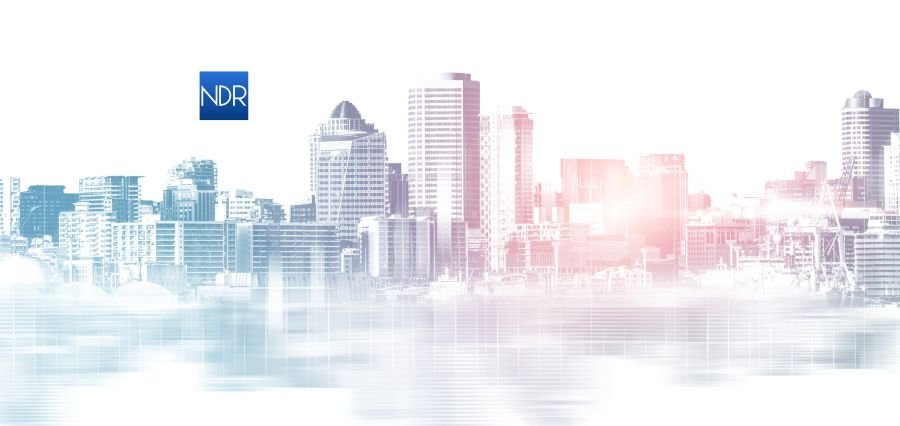Intelligent Plans
Population growth coupled with urbanization, especially in a global city such as Delhi, are exposed to several extreme features such as traffic jams, air pollution and inadequate provision of service deliveries in some of the public services. To deal with the abovementioned problems and the goal of creating a better future, sustainable, efficient, and comfortable city, Delhi adopted the concept of the Smart City, which means that the city uses the changes in technology and innovative developments in the process of citizens’ life improvement. Engineering in its diverse forms plays a leading role in that transformation: stimulating the creation of smart systems and structures that can meet the needs of the future city vision in its development.
1. Smart Infrastructure: Building the Foundations
Smart Infrastructure is the foundation of Delhi’s vision for its Smart City. Many solutions that transform roads, transportation networks, water supply systems, and processes of waste management are purely engineering ones. For instance, information technologies such as sensor-based traffic control and information systems, and data processing systems are scattered in the city to minimize traffic jams and pollution rates. Secondly, engineers invest in the design of smart grids for dispatching electricity in cities, so as to maximize the city’s energy use while at the same time decreasing its emission of carbon.
Smart buildings, with their renewed use of energy-efficient technologies such as solar panels and LED lighting as well as automated climate control systems, are another aspect where engineering facilitates a sustainable future. This type of building not only minimizes the environment’s degradation but also offers improved comfort and lower operational costs. Therefore, smart buildings are an integral component of the city’s smart infrastructure.
2. Data Driven Decisions: The Role of IoT and Big Data
One of the defining characteristics of a Smart City is the integration of Internet of Things (IoT) devices and big data analytics to gather, analyze, and act on real-time information. The IoT networks engineers design and deploy then connect to sensors embedded across the city, for example, collecting real-time data on air quality, traffic patterns, water levels, energy usage, and waste management.
For instance, air-quality sensors installed in public spaces can feed real-time feedback to authorities, who act almost at once to control pollution. Analogously, sensor-enabled systems track garbage levels in dustbins and optimize the route for waste collection. The collected data can be used by city planners and engineers to make informed, evidence-based decisions, achieving better urban management as well as services for the public.
3. Sustainable Urban Mobility: Engineering the Future of Transportation
Arguably, transportation is one of the biggest challenges in Delhi, coupled with persistent traffic jams and problems of pollution. At the cutting edge of this transformation are engineers leading efforts particularly in formulating smart public transport systems, electric vehicles, and last-mile connectivity solutions.
Delhi’s Smart City plan is centred on the plans to extend the metro connectivity; realizing electric public transport including buses; enhancing the crossings and paths for pedestrians and cyclists. Currently turned into applications their engineers have developed and incorporated intelligent technologies such as smart electronic ticketing, Global Positioning System and real-time bus arrival information that lead to efficiency gain, environmental conservation and passenger focus in the transport sector.
Besides, the establishment of smart mobility solutions shall propose such advantages as the promotion of sustainable transportation means like bike-sharing programs and EV charging stations. Such initiatives are again driven by engineering innovation and designed to reduce dependence on fossil fuels, promote alternatives in use as green ones, and address congestion and environmental concerns.
4. Public Safety and Security: Smart Systems for Safer Cities
The safety of citizens would be the primary focus of Delhi in its Smart City initiative, and engineering solutions shall be the nerve of enhanced public security. Smart surveillance systems, that work under the technology umbrellas which include facial recognition and AI-driven analytics, monitor public spaces and report suspicious activities to the authorities in real-time.
Engineers are also designing emergency response systems, utilizing data to guide responses in the most effective way possible during natural disasters, accidents, and more. These systems rely on smart sensors, data analytics, and auto-communications to boost response times and limit damage.
5. Citizen Engagement: Empowerment through Technology
Regarding all this, there is another very important aspect of developing the vision of the Delhi Smart City – the active participation of citizens in carrying out the creation of their city. Engineers have developed mobile solutions whereby citizens use to interface with the municipalities, report incidences or problems, make payments for services rendered or any other information on any of the city services.
In incorporating technology into the affairs of Delhi, the government has the noble intention of enhancing the public participation participatory of Delhi in the business of governance, so as to make Delhi a more inclusive, transparent and effective city.
Conclusion
The engineering community is at the heart of Delhi’s Smart City vision, driving the development of intelligent systems and infrastructure that can transform the city into a more sustainable, efficient, and livable space. Delhi is slowly approaching a future where technology, data, and sustainability meet for a smart urban environment with innovative engineering solutions. Through these intelligent plans, Delhi can not only address its challenges today but also set the foundation for resilience and prosperity for generations to come.
Read Also : Sustainability in Engineering: Tips and Tricks

